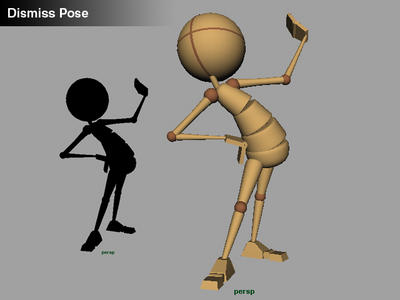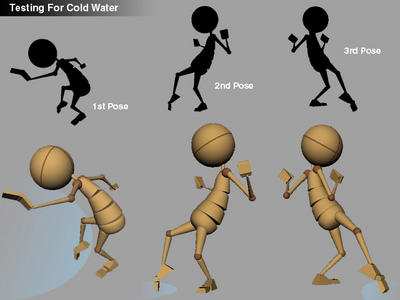Putting my ball through it's paces, Step 1

Lots of sketching, lots of notes, tried to break it down and get a good feel for the timing and spacing of the animation. Went pretty well, I thought.

Lots of sketching, lots of notes, tried to break it down and get a good feel for the timing and spacing of the animation. Went pretty well, I thought.


Icky, I know. All I can say is, I was working with a particular theme. I tried really hard to NOT be cliche. No Toyota leaps in the air, no fist pumping...then I went ahead and did a jump in the air and a...fist...uhm...pump...
But in my defense, I decided to go with a scenario, as suggested by our mentor, Warren. "Write a paragraph about your character." Warren said, "Who is the character? Why is the character excited? What's the character's personality?" There's more, that's just a loose quote. So, my paragraph went something like this:
"Somewhat effeminate runner, pompous and arrogant even though he never wins. Gets excited when the crowds cheer him on (even though they cheer everyone on, he's sure it special, just for him) so he throws them kisses as he runs by to show his affection."
Then I posed this:

Well, the good news is, Warren has lots to pick apart and I can do a revision for next week.
Update - July 6, 05
Feedback: Wow. And I thought I'd done a good job. Thanks to all who contributed, I realized I have a lot of work to do. First off, I should just start over. No, that's fine. I actually did this version to get an early idea about where to go from here, so that's good. Some things to keep in mind, however:
Ok, I'm off!
Original post:
So here's an early flash-based test, it's half-size to fit this frame (320 x 240) but I think it works to convey what I'm after. I have the ball entering from the left and it's supposed to have a minimal amount of squash and stretch and resolve after the bounce with a little back-spin. What do you think?


